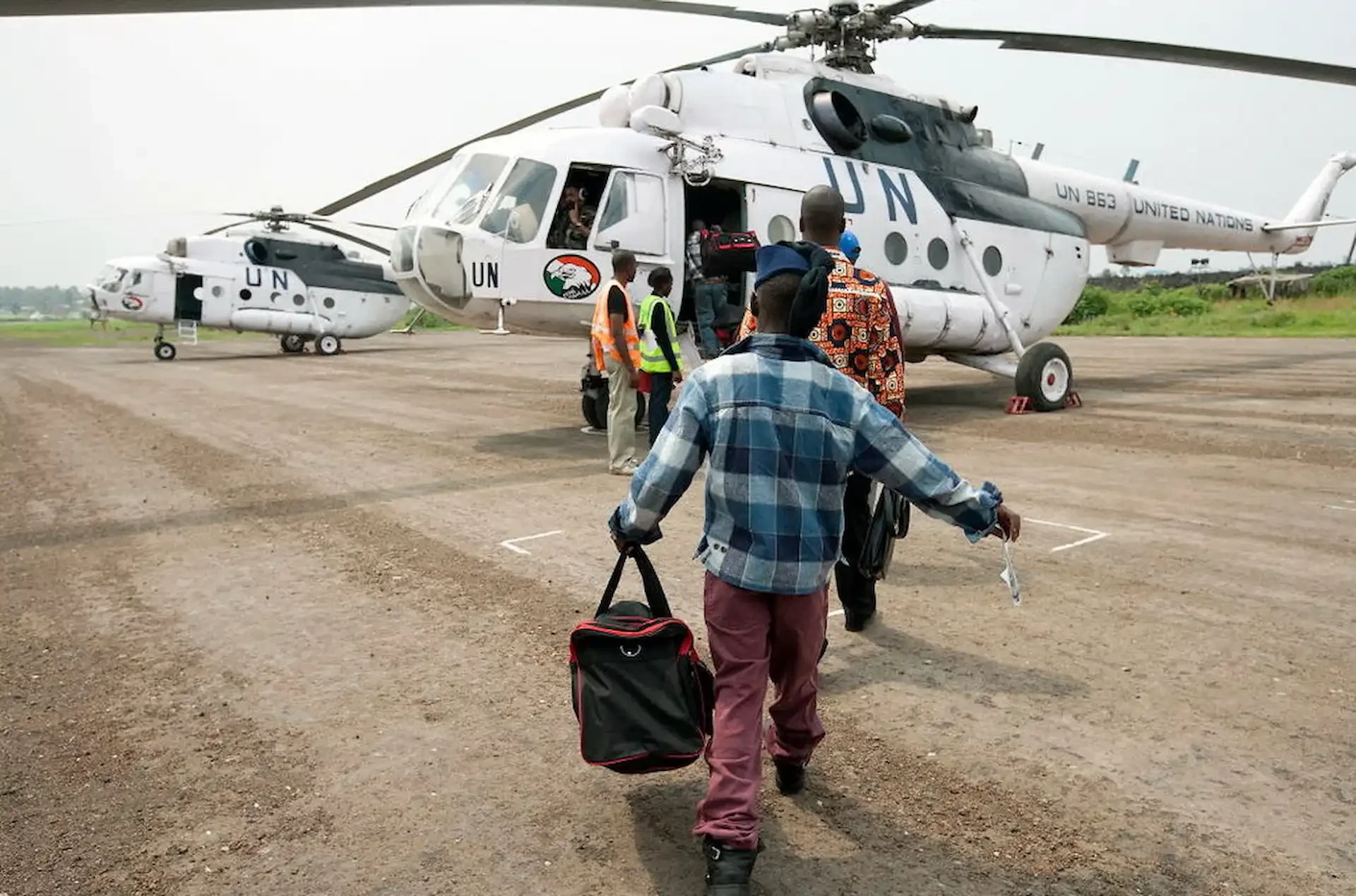Russian helicopters had a vice-like grip on UN contracts for many years, but the Ukraine conflict has forced a rethink on their use. Decaln Daly examines the Western alternatives.
Ask any UN peacekeeper if they’ve flown in a helicopter and, almost certainly, they’ll describe an Mi-8. As the war in Ukraine progresses however, the sustainability of the worldwide fleet of Mi-8 / Mi-17 is already proving more difficult to maintain; access to Original Equipment Manufacturer (OEM) support is at risk, and aircraft and stocks of spares are being increasingly consumed by the combatants. Consequently, Western providers are starting to look at supporting peacekeeping missions around the globe with fresh eyes, seeing a market that may not only be ripe for more competition, but which may also expand over the next decade or so. Nevertheless, there are certain speedbumps that need to be navigated that either don’t exist at all in the purely civilian market, or where differences in procedures can lead to confusion between the operator and the final customer – the peacekeeping force on the ground.
It's worth a look at the standard peacekeeping aviation picture in a UN mission, before talking about the issues a new entrant to the sector might face. Aviation assets in UN missions are held under the civilian control of the UN Integrated Support Services, through the Aviation Section, with the day-to-day operations being managed by the local MAOC – the Mission Air Operations Cell. Flights are conducted under the Department of Peacekeeping Operations (DPKO) Aviation Manual, which is similarly organised to most Ops Manuals out there. There is a Regular Flight Schedule for the overall mission whereby normal passenger movements of civilian and military personnel can move around the Area of Operations (AO) and out of it. Outside of this schedule, any flight is considered a Special Flight, and an Aviation Service Request form is submitted, to be received at least three working days in advance. Obvious exceptions to this are medevac or SAR flights which are naturally handled differently.
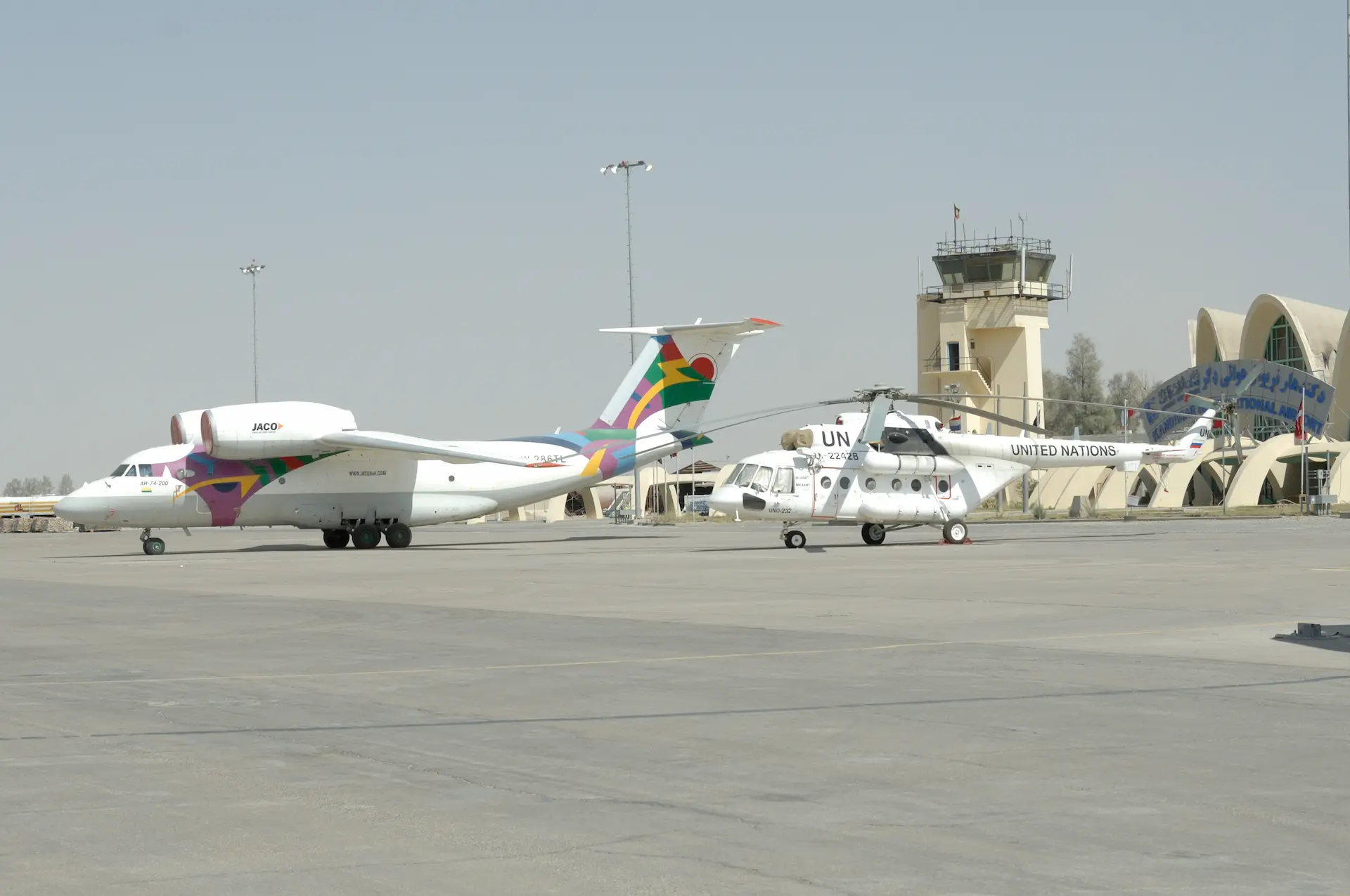
Absent in this description is any mention of military tasking of assets. If you are a member of the UN force on the ground, you are a customer of Aviation Section, and if a unit has a need of helicopters, they submit their requests and manifest through their own HQ to the Force HQ where the J3 Air Ops cell process it and send it to the MAOC. To keep it short, if you are going on leave or to a meeting in another part of the AO, you’ll be on a Regular Flight. If you are going on a long-range patrol or any other purely military activity, you’ll be on a Special Flight (requested, of course, three working days in advance).
So far, straightforward. However, helicopter assets are as in demand in UN operations as they are in any other. They are also in as short supply, and the MAOC will usually seek to protect the Regular Flight Schedule over all else, so you may find your platoon strength patrol all of a sudden down to two aircraft instead of three, and thereby cancelled.
If Western providers seek to supplant the existing contract holders in the UN, this is the system they would be entering. There are, however, other points of entry to the market.
Troop Contributing Nations, always troops, never helicopters.
Helicopters are expensive and, compared to a soft skin truck or jeep, logistically demanding to support if expeditionary ops are not a normal evolution for providing nations. As a result, if a country decides to support a given UN mission, it is far more likely that they will supply a ground force than an airborne one - especially as troops from poorer nations often receive modern equipment and the donating nation receives 'UN Pay' for them. Also, not every country has a helicopter fleet of sufficient size to deploy while meeting domestic obligations. This can lead to shortfalls in militarily taskable aircraft in theatre. For example, during the UN mission in Chad and CAR (MINURCAT), each battalion sized Forward Operating Base was scaled for its own utility helicopter detachment, taskable by the J3 Air in FHQ to support the majority of the military needs. There were three Bell 412s from Bangladesh, that were swiftly centralised under the control of the MAOC as the numbers were so low - there was better use to be had from them as part of a centrally tasked flying program.
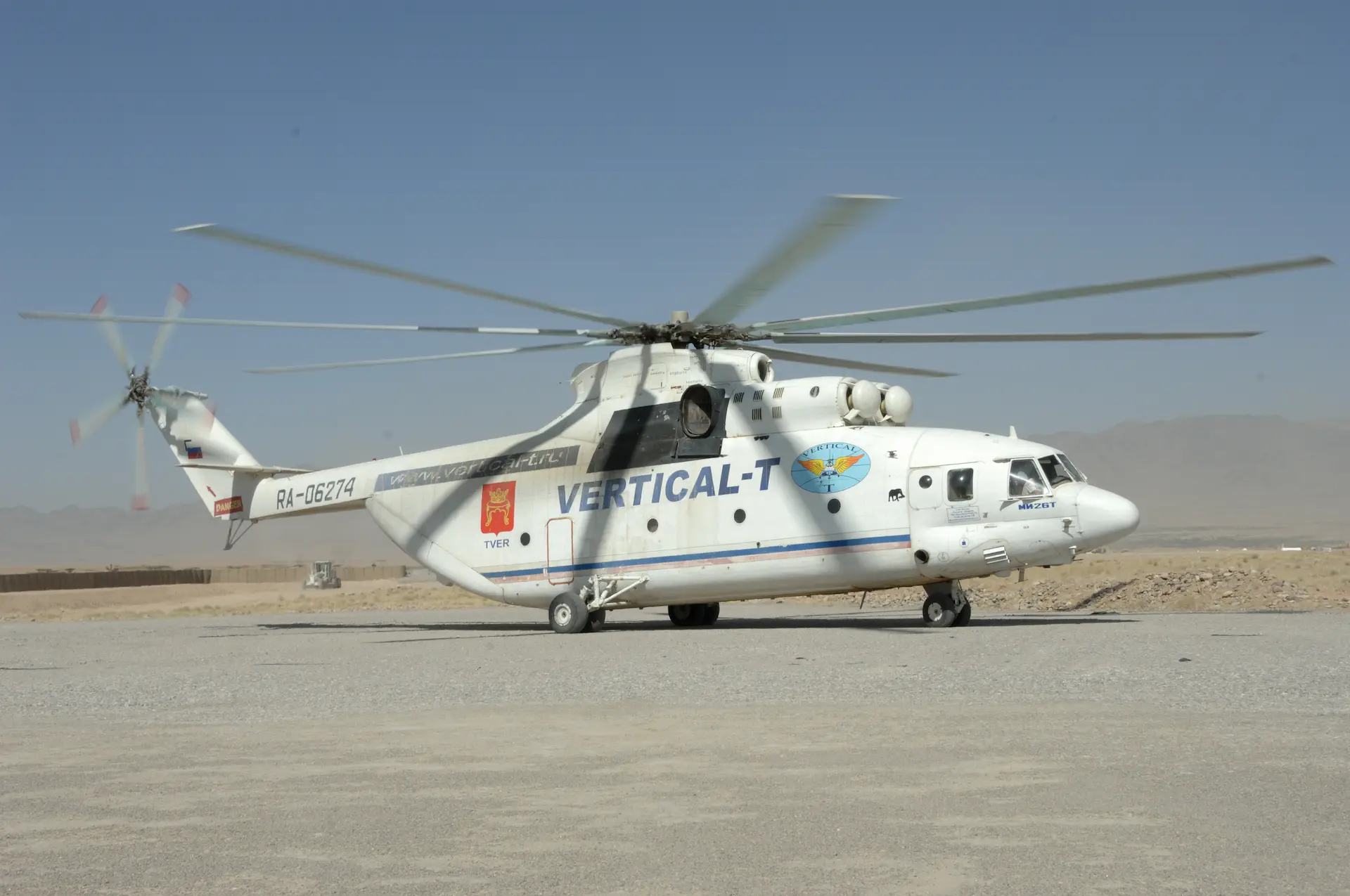
It is not unknown in such circumstances for Troop Contributing Nations (TCN)s to provide their own, commercially sourced, air assets to make up for a perceived gap in requirements. Ireland has done so in the past in Chad, Germany is doing it now in Mali with GHS providing H225 and B412 aircraft in the Medevac role for the German contingent. The commercially sourced asset is beholden to its own paymasters, and those sourced directly by TCNs need not be taskable at all by the MAOC, though cooperation is the norm. This then, is a good jumping off point to consider some of the issues that may present itself to an operator approaching the peacekeeping market by various entry points, and the force itself when working with them.
The global fleet – who owns the helicopters?
UN missions come and go. This is a fact sometimes borne out of success, and as often by the host nation simply saying, ‘go home’. An actual mandate can have a pre-agreed time limit which is at least visible, but geopolitical activities elsewhere can shorten a mission well ahead of its projected lifespan. On the other hand, there are long standing UN missions in the Congo and Lebanon which have been ongoing for decades. Spending a large amount of capital on helicopters and crews, while trying to predict which side of the coin will present itself on a new mission, carries significant risk for an operator. It is highly unlikely that the first fifty S-92Bs will be bought outright by an AOC holder and painted white to sit and wait for a suitable conflict.
It is much more likely, that the aircraft, or most of them, will be leased for the duration of a mission however long that might be. This frees the operator from the risk of capital expenditure, or from sustaining an asset that is not being used on a contract, but it does carry its own pitfalls.
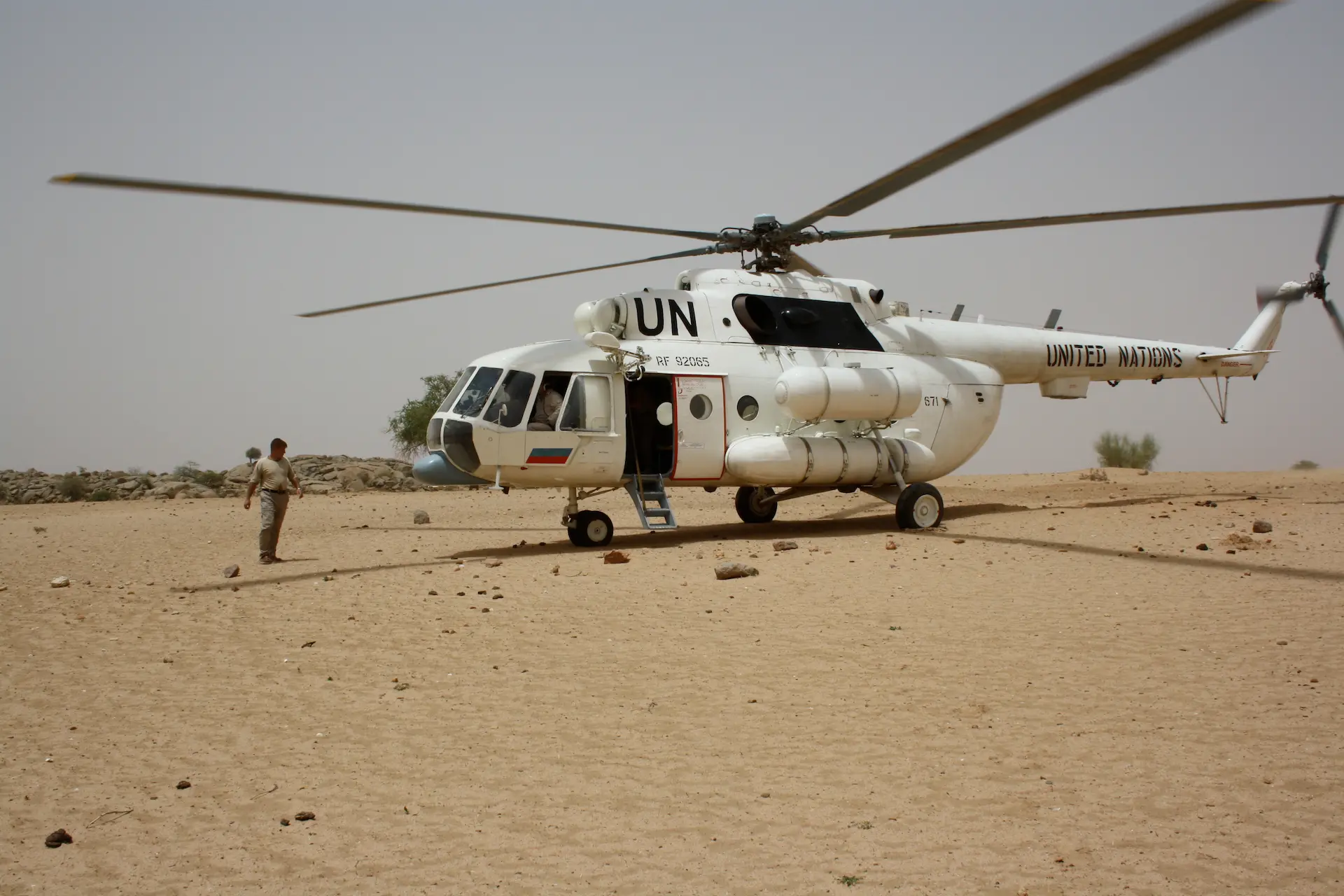
A leasing agency will have its own responsibilities to its shareholders, and in examining a contract, and filling out a jurisdictional questionnaire, it will have to ask itself several questions, many geared around insurance. Normal Act of War insurance covers ‘wrong place, wrong time’ events e.g., you were already operating oil and gas flights in a country when a war broke out around you. Does this account for you deliberately inserting yourself in the situation? Extra insurance costs, sometimes up to double the baseline amount, along with their own responsibilities to third parties as the aircraft owner, may force a lessor and operator to ask themselves if this relationship is financially viable.
Remember that a lessor will want their assets back. Even if an insurance pay-out takes place in the event of a hull loss, the profitability
that hull might have delivered throughout a longer life is lost. To ensure sustainable access to aircraft, through reputable leasing
agencies, it is not beyond the realms of possibility that additional assurances underwritten by the contracting government to 'own' the
risk, and replace a lost aircraft, would be required from TCNs, if they are the end user.
Theatre Entry Level and Standardisation
If a number of different operators are supplying aircraft and crews, someone will have to attend to the issues of theatre entry level capability, and standardisation of Standard Operating Procedures (SOPs) and Tactics Techniques and Procedures (TTPs). Theatre Entry Standard (TES) capability relates to the minimum platform equipment standard required for participation in a mission. For example, there’s no point having a light aircraft and its supporting personnel around using up ramp space, hangarage, food, fuel, and logs capacity if it can only perform basic daytime only tasks, when the mission requirement is platforms with a 24/7 VFR/IFR/NVG medium lift SAR capability.
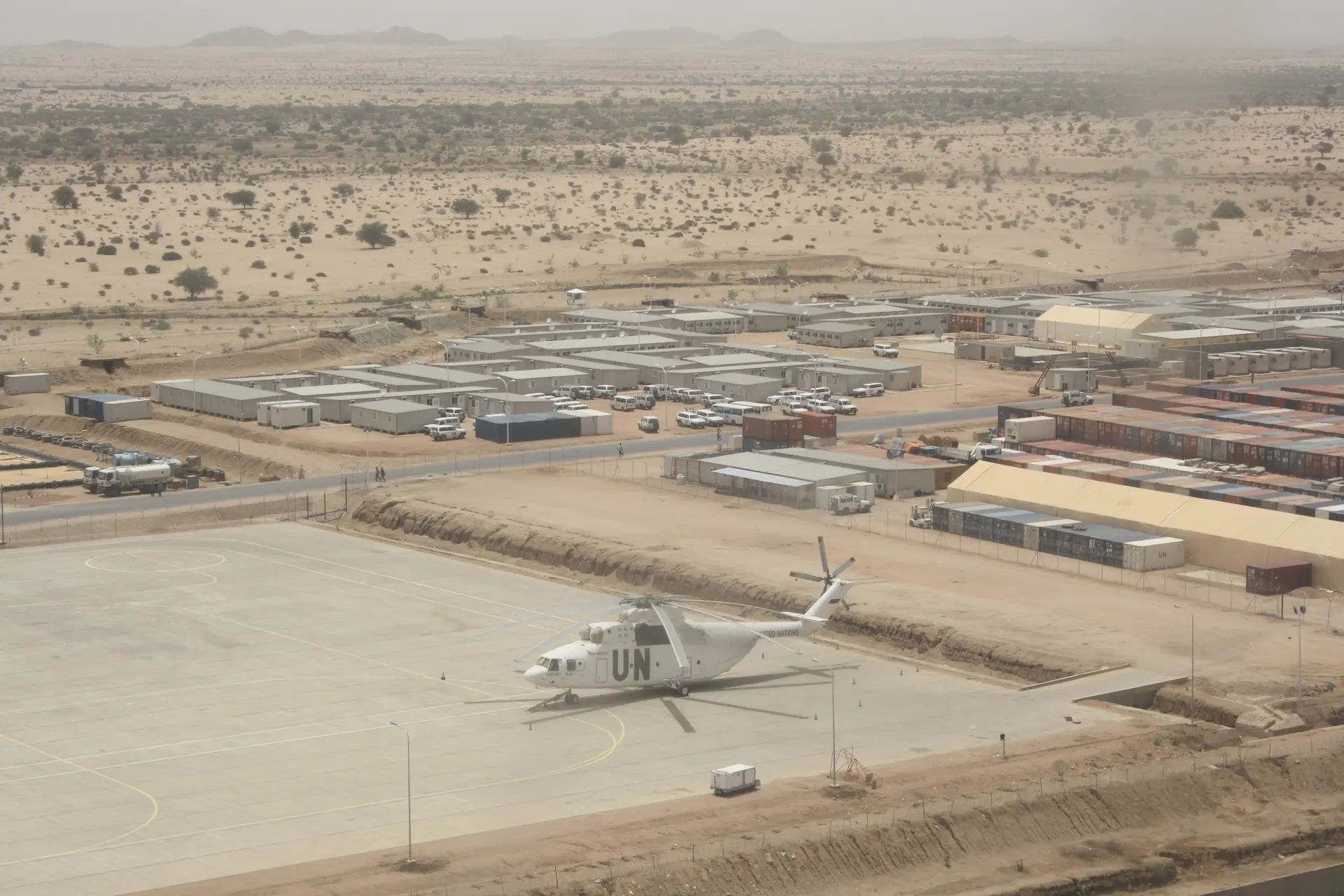
Equally, security and safety risks must be assessed and where possible contained. With the amount of surface to air weapons that are in play in the war in Ukraine for example, we must assume that some percentage of Man Portable Air Defence Systems (MANPADS) in-theatre are proliferating into other conflicts. This is not a comment on any of the parties involved, it is simply always the way of things - valuable commodities get traded and 'leak' out. For the duration of the shelf life of the MANPADS' batteries, it is not unreasonable to suggest they’re available to hostile actors in an area you may be operating, until proven otherwise, which for such portable weapons can be virtually impossible. It may be a requirement of even the civilian aircraft involved in such a mission to be equipped with the kind of defensive countermeasures normally only seen on military helicopters. This may not preclude civilian types – the H225, S-92 and AW139, for example, all either have military versions sporting this kit already, or have civil aircraft fitted with Missile Warning Systems (MWS), IR jammers (IRJ) and a Counter Measure Dispensing System (CMDS) to deploy decoy flares at the very least. It is one more thing that must be considered in the sourcing of the aircraft, the supporting of them in country and the training of civilian crews unused to them. There is little point in fitting expensive Self-Protection equipment if the crew are ignorant of the associated safety and operating considerations, nor if the maintainers are not trained in the safe loading/unloading of stores. The MWS and CMDS also need programming with pre-flight messages to declare against the expected threat, and then deploying an Operational Flare Pattern (OFP) with the best chance of defeating it, all of which comes with a significant security overhead in terms of cost and access, not to mention up to date and accurate J2 Intelligence assessments.
Secondary and related to this is the idea of standardisation. Presently, the de facto standard is an Mi- 8 / Mi-17 variant. Depending on the location and the ease or difficulty of logistical supply, it may be a case that TCNs hiring their own aircraft are given a list of ‘approved’ types that ease supportability in theatre from a logistical sense and in reducing the training burden for deployed troops getting used to new types. In this case, a first past the post scenario may arise where the operator that gets the first contract may get all the contracts within a given mission simply by becoming the de facto 'standard’ from day one.
'Combat Camping' – Survival Evasion Resistance Escape (SERE) for civilians
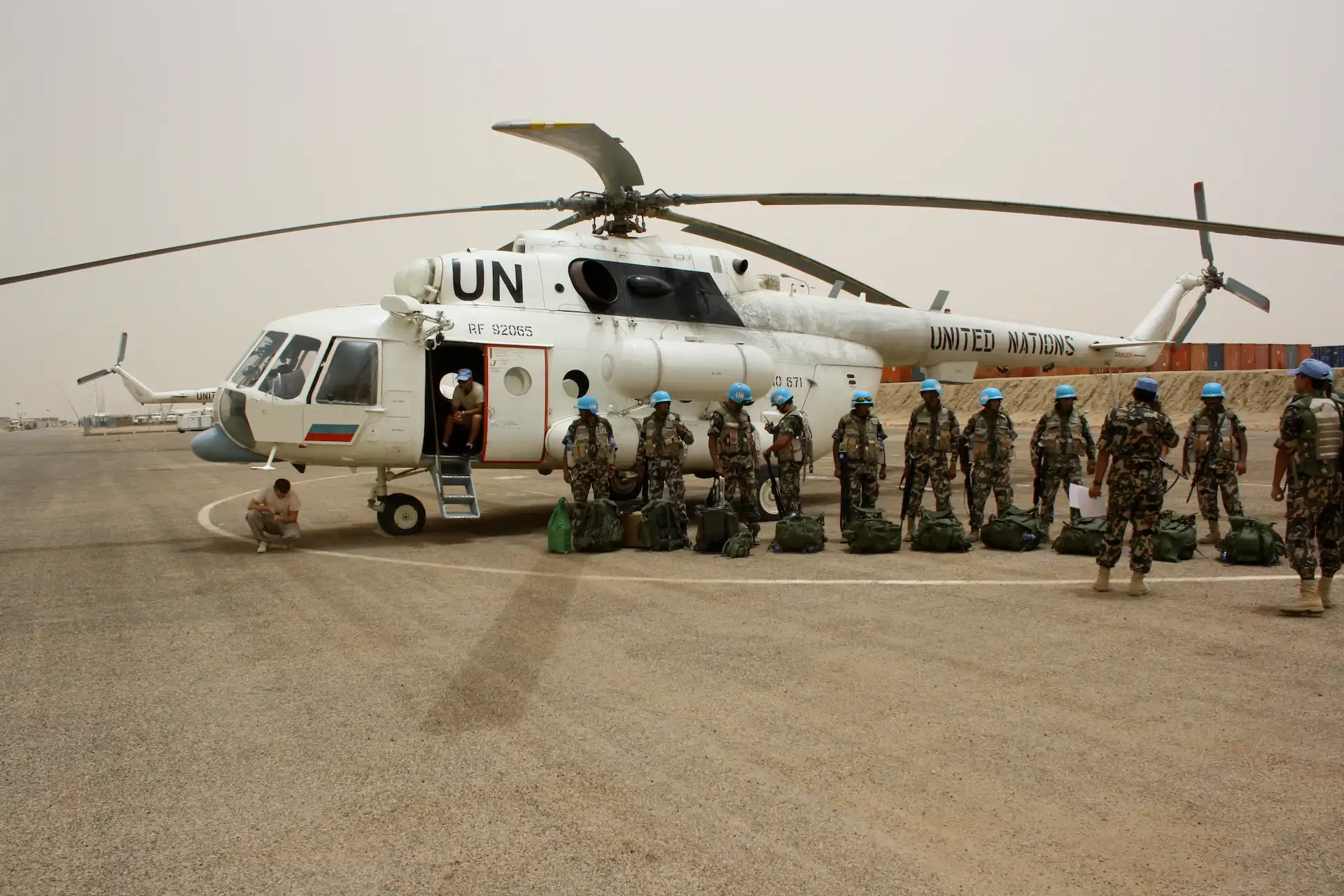
In military parlance, pilots and aircrew find themselves under the acronym ‘PIERIES’ or Personnel Identified at Elevated Risk of Isolation or Exploitation. What this means, is that aircrew are, by nature of their job, more likely to find themselves standing alone beside a broken aircraft in a remote and hostile area because of a mechanical issue, weather or having been shot down. In peacekeeping terms, ‘hostile’ can encompass both the ICAO and environmental sense of the word, as well as the security threats. A civilian AOC holder entering the peacekeeping market will have a duty of care to their employees. This may include preparing themselves for surviving on the ground far from immediate assistance, at least for a short while. Using the Sahel again as our example AO, consider the effects in a survivable incident of ambient temperatures in the region of 50ºC, radiating up to 60ºC as the surface reflects heat back up. Add shock, stress, perhaps an injured crewmember or two. In such conditions, without shelter or supplies, a person’s odds start to get much poorer after as little as three hours.
Normally in such a survival situation, the best thing to do is stay with the aircraft, but in a hostile security environment, the opposite applies, and you will be expected to walk to the nearest SARDOT – basically a prearranged rendezvous point that a recovery crew will fly to and then work back to your crash site. So, things are different. If a European or US based operator wins a contract, they will need to be aware what their legal obligations to provide a safe environment to their employees practically translate to, and to provide for same.
If working for the UN, then they will likely set the TES on what Pre-Deployment Training (PDT) is required. It may equally be a case that, if working directly for a TCN, it would be a requirement of the contract that some level of SERE training is undertaken to allow the operator to slot into that nation's own existing Personnel Recovery (PR) doctrine. In some country’s militaries, Sweden for example, SERE training is as much a currency item as your Line Check or the number of IFR approaches conducted in the last ninety days, so the level of the requirement will be customer specific.
This requirement on its own could restrict the available crews to those willing to undergo such training courses, effectively filtering the number of employable pilots and technical crew in an already tight market.
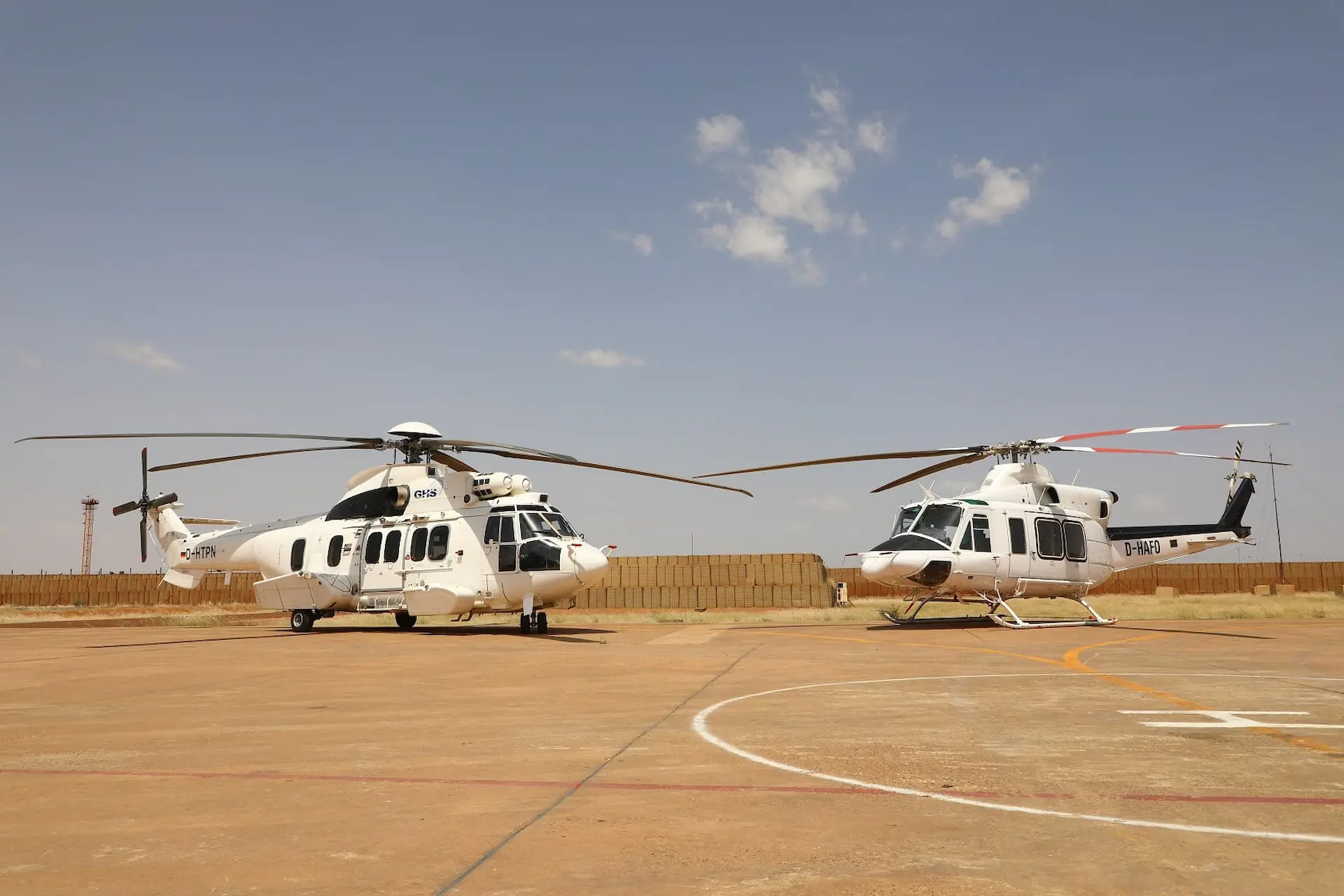
Managing Expectations
Under the DPKO Aviation Manual, the kinds of operations flown are generally going to look a whole lot more like Commercial Air Transport than straight to the target air assaults, but there will be likely be expectations held by the military personnel in the peacekeeping force of what can be done and achieved that may not square with the restrictions on civilian operations. This can be as simple as who selects landing sites, how they are approved, and when they can be used. For example, does a representative from the MAOC have to recce sites along a selected patrol route in advance and is the site available straight away, or does it have to be formally written into the Part C, the route guide, of the Ops Manual first? Is it acceptable that a military specialist can do the job on the day? If so, who approves the standard of training required for these specialists? If this seems like a very specific example, it’s because it’s one I’ve personally had to navigate in the past, with the rules changing significantly when the operation in question changed authority from EUFOR to UN.
There may also be host nation limitations set on the use of helicopters, so that the force may not have available to them the level and kind of capabilities that they would be used to domestically or in conventional combat operations. A restriction on night VFR ops for example would have a downstream effect on how far out patrols can go while remaining within the required medical cover limits.
Communicating openly, early, and often, with both the directly supported TCN, the Force HQ and the MAOC will be essential for the operator entering the market and should ideally begin at the pre-deployment stage before there are 'boots on the ground'.
It’s Not all Bad – The Advantages of civil aircraft
If these complications exist, what then are the advantages. The first and most obvious one is scalability. A military from a TCN will probably deploy a certain number of aircraft on a mission and may not have the capacity to quickly increase that number. A civilian operator may have that capability, and if a mission expands, may be better equipped to continue to increase numbers with it either through its own out of contract aircraft or through leasing. Remember, we are typically not talking about large-scale deployed fleets here, so even the ability to supply half a dozen extra aircraft could change the face of operations for a J3 Air in a force headquarters.
One of the ways this outsized effect can happen is to attend to the ‘rear area’ flights – the aforementioned regular flight schedule doing the moving of people and things that is low threat, may not require the kind of defensive aides or training described above and which frees up military aircraft if they are required for higher risk ops.
The second, and more important, role suitable for civilian aircraft is medevac. Note, what I’m talking about is not Combat SAR, but rather the ability to move someone from point of injury to a higher level of care. Why is this such a game changer for a peacekeeping force? In all missions, there will be certain force protection measures in place that dictate the level of clinical care that must be available in a certain timeframe, or else a given activity cannot take place. The first level is that you must be attended to by a doctor within one hour. In areas such as the Sahel in Africa, this often requires that any long-range patrols have their own doctor embedded with them. The next level of care is to get to a field hospital at one of the FOBS, and, if required, to get to specialised care either in country or by moving out of theatre. Every level of care after seeing a doctor at scene requires air movement to meet the required timescales, initially by helicopter and then onwards by fixed wing. It goes without saying that the more suitably configured helicopters you have, the more patrols you can clinically support, the more the force can accomplish their actual mission. This is where the numbers really matter. If every FOB has a European HEMS standard aircraft dedicated to medevac, then every other aircraft in theatre is freed up for flights either directly or logistically supporting the force.
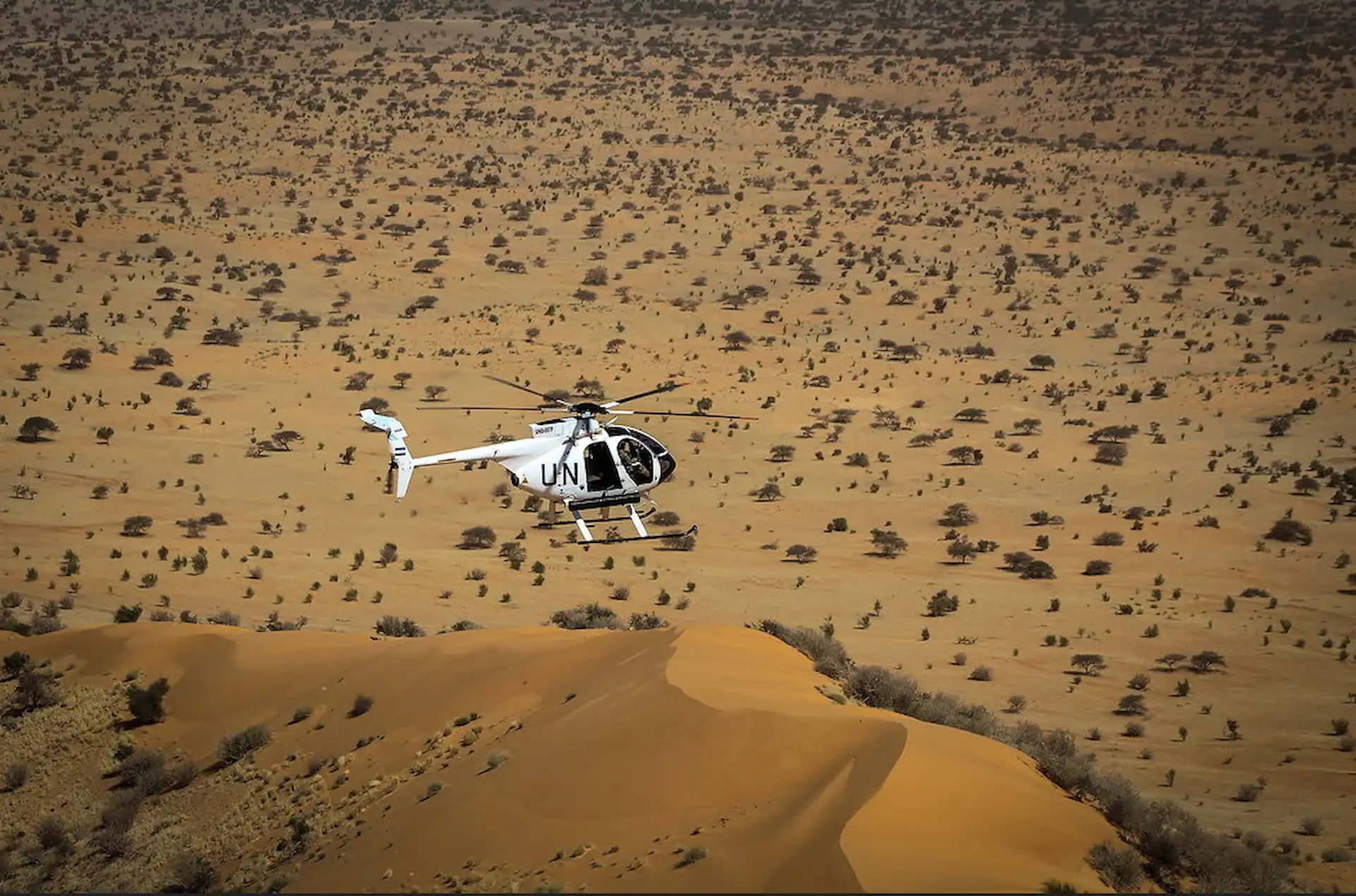
Heli shopping – asset matching and the choice of airframe by mission requirement
Compared to the default of Mi-8 / -17, a greater number of western operators entering the market begins to offer peacekeepers a real choice of airframe, where they match a specific type to a given mission. So, what are those missions and what choices do they present? A look at the locations of current and past UN peacekeeping operations immediately suggests two words for a helicopter pilot – hot and high. It is projected that the Sahel region will continue to feature in the attention of both the UN and regional actors such as the AU and EU for some time to come. This is also one of the areas that is scheduled to suffer the most from climate change in the coming decades, with average temperatures expected to increase. Taking Abeche in Chad as an example, it is at an elevation of about 3000ft, and temperatures up to 50ºC are already not uncommon. This obviously presents challenges for helicopters to the extent that you may end up needing a medium lift helicopter to do a job more commonly performed by a lighter machine in Europe, purely because of performance restrictions. This has the effect of reducing the available selection of aircraft if, for example, you need to do platoon sized movements of up to 45 personnel with a limited number of machines. In addition, the engine starting limit for many Western aircraft is 50ºC (the Safran engined AW189 is an outlier at 55º). Regional temperature increases, likely to be a cause of human migration and conflict, could also limit the specific types that can help in the affected area, and therefore the number of applicable aircraft available in the global fleet – a climate change induced aircraft shortage. Both the Bell 412 and 429 can start up to 51.7ºC, so this suggest that some of the issue may be solvable, but with such slim margins, it still must be considered when assessing future available lift capacity.
There are other considerations too. Fast forward to a time when support to a large-scale Unexploded Ordnance clearance mission in Ukraine may be required, then a large aircraft with anti-ice capability and the lifting capacity/volume to carry kit will be required – one candidate would be the S-92, whose robustness and ramp door allow easy loading at off field landing sites. It is also physically and electronically dissimilar to the types operated by the combatants, reducing the possibility of any ‘misunderstandings’.
For a multirole contract involving medevac, logs movements, sling loading and trooping in central Africa or other hotter areas, operators may prefer to offer the H225 or AW139. Both haven a proven track record of operating in the heat while maintaining decent performance, but further increases in average temperatures may end up demanding either a recertification of engine start limits, or even more costly physical changes to the aircraft themselves.
The ‘so what’ is, the air ops officer in the peacekeeping force is still likely to have a much better chance of matching an available airframe to the required task, and thereby achieving the intended outcome more safely and efficiently. Air ops, and helicopters especially, can make the difference between a mission being effective and protecting those in need, and being a placeholder operation only able to say, ‘we tried’. Increasing the number of suppliers and aircraft available to these missions is not only a good business
 HOME
HOME


